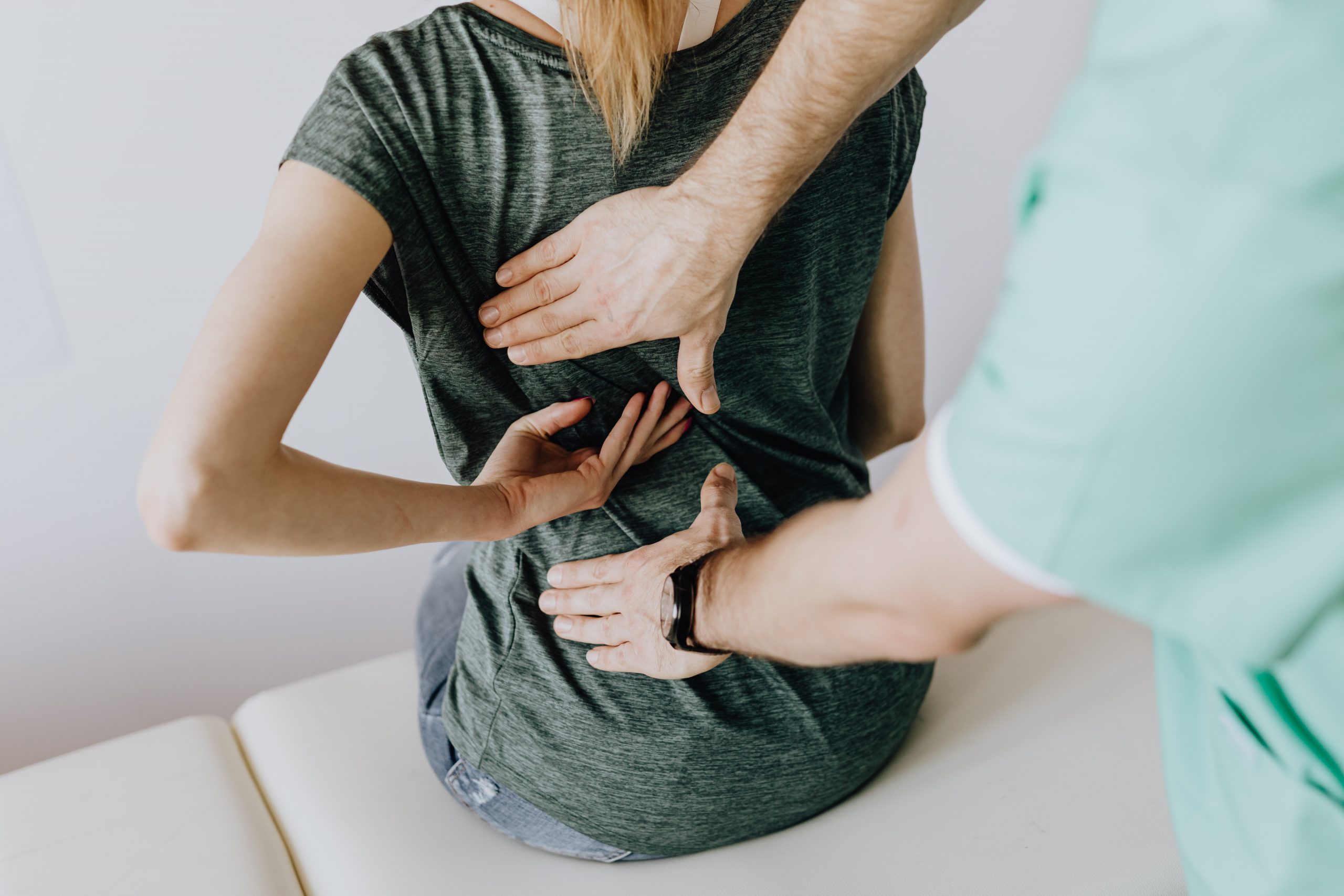Low Back Pain and Physical Therapy
Low back pain is probably THE most common diagnosis we see here at 360 Sports, Spine and Wellness. Did you know that the lifetime prevalence of low back pain is 84%?! That means that 8-9 out of every 10 people will experience low back pain at some point in their life. Why is this? How do we prevent it? How do we treat it?
There are numerous reasons why an individual may develop low back pain. The cause could be structural (like a degenerating disc, herniated disc, a pulled muscle, a sprained ligament, or a narrowing of the facet joints just to name a few). The cause could also be functional (like a postural malalignment, paraspinal weakness, abdominal weakness, or spinal instability). My patients often ask me, “will physical therapy even help my back pain?” The answer is YES! The answer is “yes” for not only functional causes of low back pain, but many structural causes as well.
Although physical therapy will not change the fact that you may have spinal stenosis or degeneration in your spine, it CAN help to improve pain and function by providing you with the necessary tools to address your individualized need. By finding that balance of flexibility, strength, motor control, and body mechanics, it is definitely within reason to expect improvement in pain and function as a result of physical activity. Tight tissues like to be stretched. Weak tissues like to be stabilized. Poor posture and body alignment can be corrected. Compensation away from the source of pain can cause muscle imbalances and asymmetry. Our tissues like to function in harmony with one another and function in a balanced system. As my yoga teacher likes to say, “we need to work out those issues in your tissues!” These adjustments can and will make a positive impact on your pain if performed correctly and diligently.
This leads me to my next point.
Diligent. Gradual. Consistent. Routine. These are words that I find myself repeating to patients time and time again. A big part of the healing process is adapting tissues to become accustomed to a certain load. Gradual and consistent loading can physiologically change a tissue to adapt to meet the demands placed on them. However, if this is done too quickly, it could cause a flare-up of the pain. If it is done inconsistently, it could cause a flare-up. This, understandably, can be quite frustrating for a patient. The secret to success with physical therapy is finding that balance of loading the tissues just enough to make transformative change without being so aggressive as to trigger a flare-up. My job is to coach you along the way as we work together to identify that delicate balance of listening to your body as you slowly increase the load and demand to your tissues in a gradual and graded manner.
I hope this blog provided you with hope that, yes indeed, even those patients with structural impairments of the spine (and this is true for the thoracic and cervical spine too!) may benefit from participation in a consistent physical therapy program. Once we get you on track, the goal is to transition to a home program where you can be independent with symptom management and have the necessary tools to address your pain when needed. If you are willing to put in the work, you may be pleasantly surprised with what you can accomplish.
Melissa Meissner, DPT, PT
This blog provides general information and discussion about medicine, health and related subjects. The words and other content provided in this blog, and in any linked materials, are not intended and should not be construed as medical advice. If the reader or any other person has a medical concern, he or she should consult with an appropriately-licensed physician or other health care worker. Never disregard professional medical advice or delay in seeking it because of something you have read on this blog or in any linked materials. If you think you may have a medical emergency, call your doctor or 911 immediately. The views expressed on this blog and website have no relation to those of any academic, hospital, practice or other institution with which the author is affiliated. Accessing, reading or otherwise using the Site does not create a physician-patient relationship between you and the Principal author. Providing personal or medical information to the Principal author does not create a physician-patient relationship between you and the Principal author or authors. Nothing contained in the Site is intended to establish a physician-patient relationship, to replace the services of a trained physician or health care professional, or otherwise to be a substitute for professional medical advice, diagnosis, or treatment.

